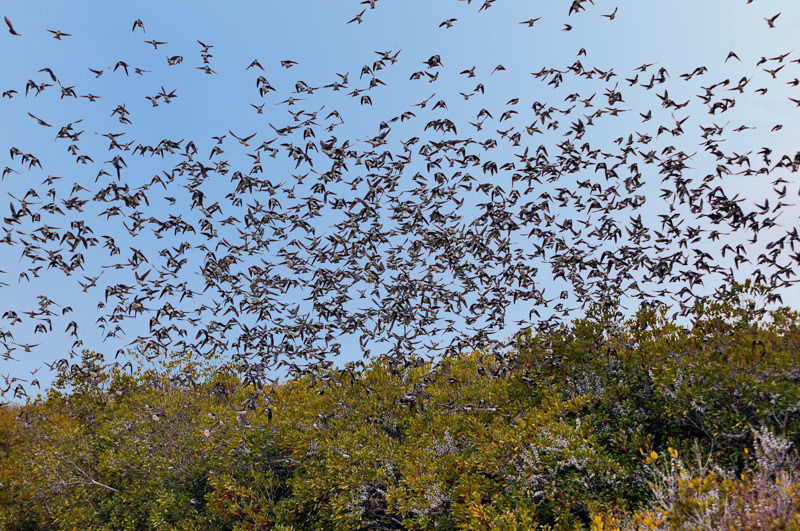A common class of insecticides can persist in water for a long time, potentially disrupting the food chain for wildlife.
Source: Insecticides Persist in Water, Rattling Food Chain
Neonicotinoids were designed as systemic insecticides that move through a whole plant, but the same traits that make them good systemics also cause them to linger in the environment.
They have a long half-life in the soil, potentially lasting for years under the right conditions. Unlike other insecticides, they are highly water soluble and don’t break down in water.
Is likely that they will collect in Lake, stream, and river sediments
Neonicotinoids are frequently found in surface water and have even been found in groundwater and treated drinking water.
Yowzer And just like the zika insecticide I’ll bet no one has tested the toxicity in chlorinated tap water.
In Saskatchewan, 50 to 60 percent of wetland samples exceed the threshold for chronic toxicity to aquatic life. Three-quarters of wetlands in one study contained at least one neonicotinoid.
Samples often exceed levels that are safe for aquatic invertebrates and many wetlands contain more than one neonicotinoid, which amplifies their toxicity.
And one of the neonicotinoids often found is Thiamethoxam.
Thiamethoxam when it breaks down produces the more toxic clothianidin.
Are we having fun yet :-)

